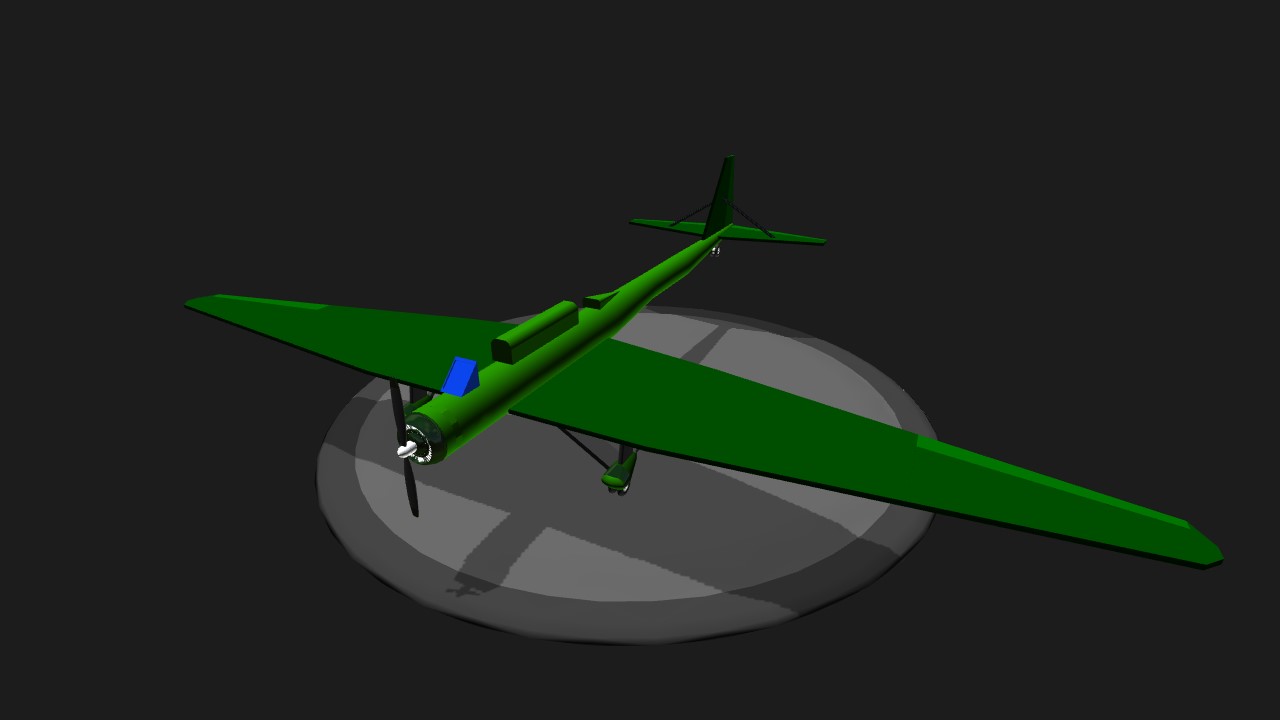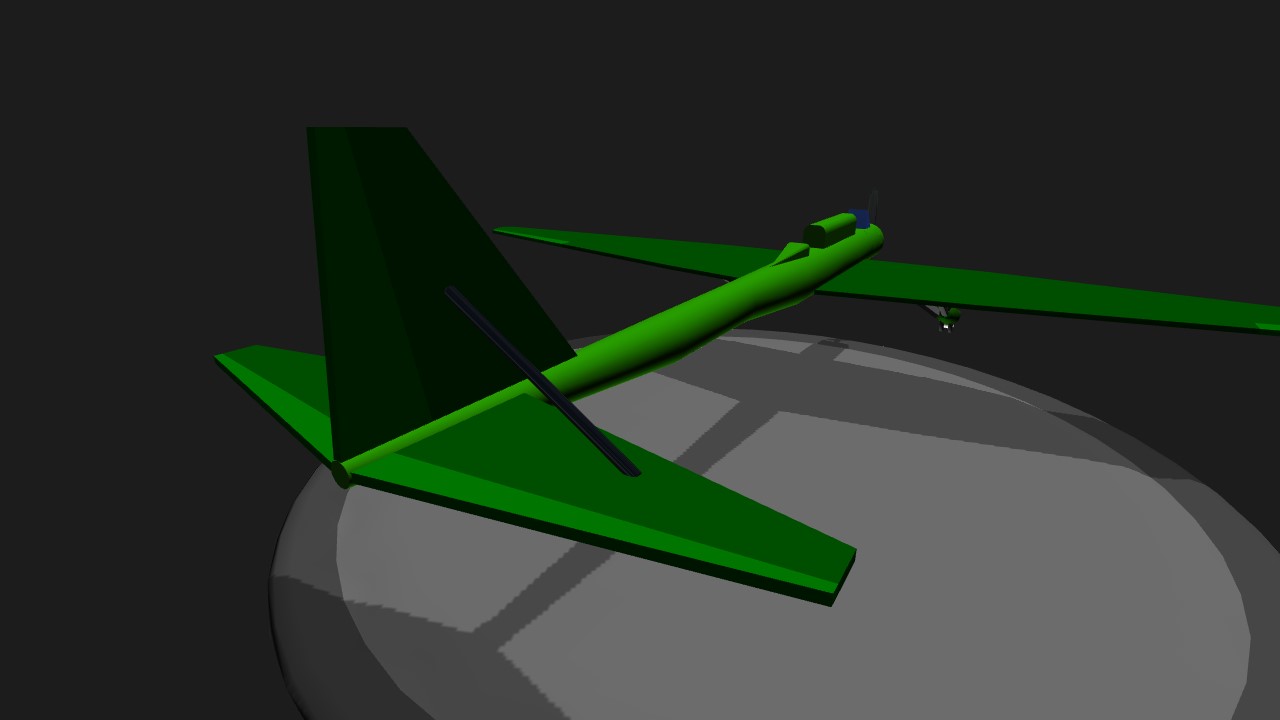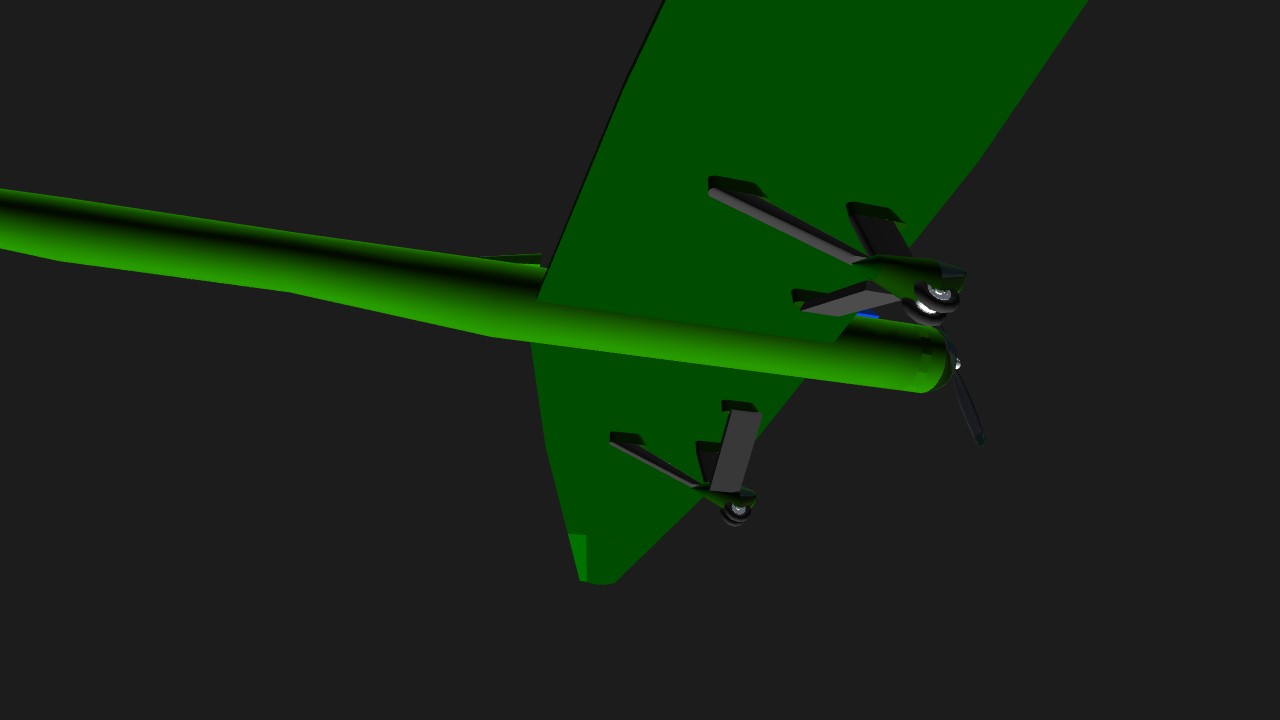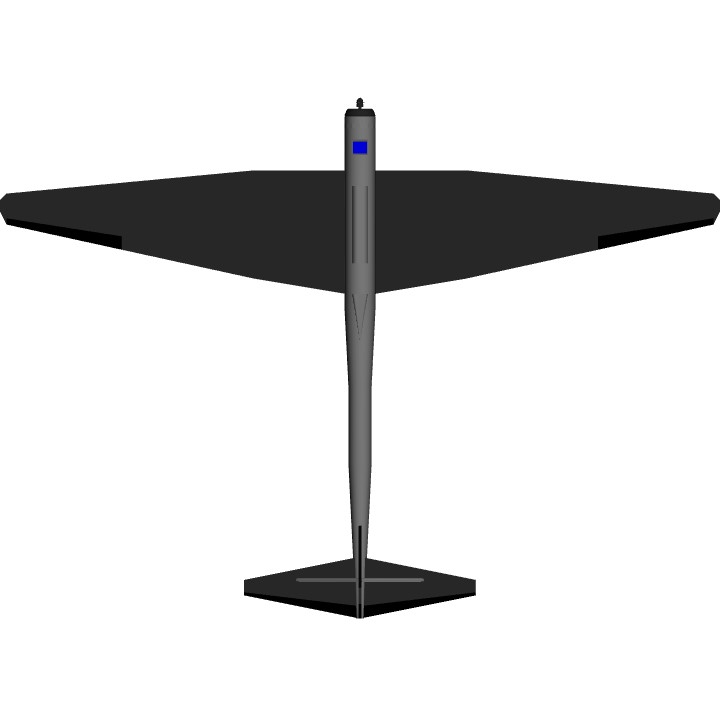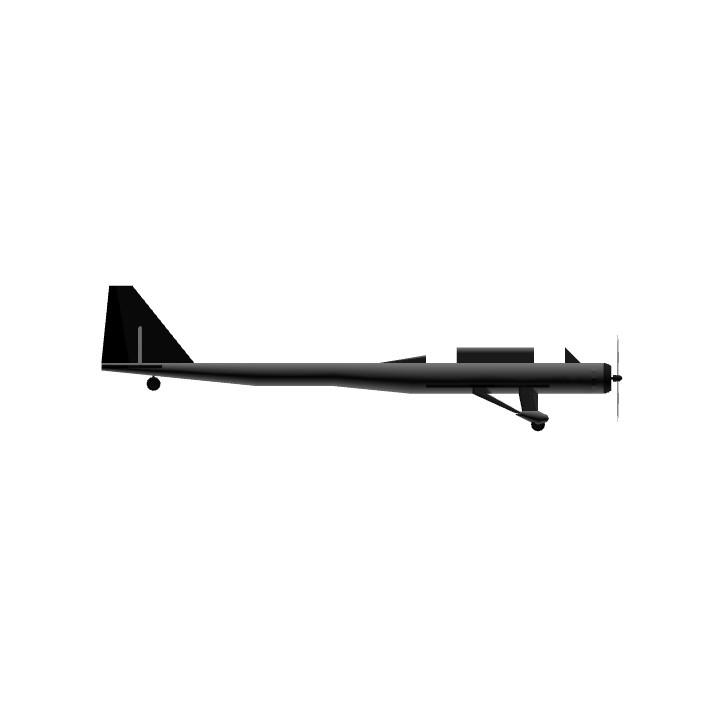The G-31 was a powered glider designed by P. I. Grokhovskii and B. D. Urlapov to carry paratroopers lying in the main wings. Though intended for military purposes, it was one of several types designed with no consideration for speed because this was not thought significant. The airframe was wooden, with a vestigial fuselage of multiple veneer formed by presses with double curvature. On the front of tge nose was a 700 hp M-25, an imported (later licensed) US Wright R-1820 Cyclone engine. This was fitted in a Townend-ring cowl and it drove a Hamilton light-alloy ground-adjustible propeller. There were two cockpits for a pilot and flight engineer who were separated by a long fairing. Between the wing ribs were compartments for 18 paratroopers, nine in each wing (drawings show eight in each wing). They boarded and were extracted through hinged transparent leading edges. The graceful G-31 was first flown in late 1935. It then flew to Moscow in 1936 for RKKA testing. It was eventually decided that the arrangement of troops packed inside the wing, with no chance of escape in an emergency, was unacceptable. In any case, the concept of a powered glider for assault operations was eventually considered unsound. Thus the Grokhovskii G-31 met its fate in the form of a pile of scrap. If you like this plane, feel free to give it an upvote.
Specifications
General Characteristics
- Created On iOS
- Wingspan 76.4ft (23.3m)
- Length 54.9ft (16.7m)
- Height 15.5ft (4.7m)
- Empty Weight 5,010lbs (2,272kg)
- Loaded Weight 12,543lbs (5,689kg)
Performance
- Horse Power/Weight Ratio 0.091
- Wing Loading 15.7lbs/ft2 (76.5kg/m2)
- Wing Area 800.1ft2 (74.3m2)
- Drag Points 3339
Parts
- Number of Parts 46
- Control Surfaces 5
- Performance Cost 274

